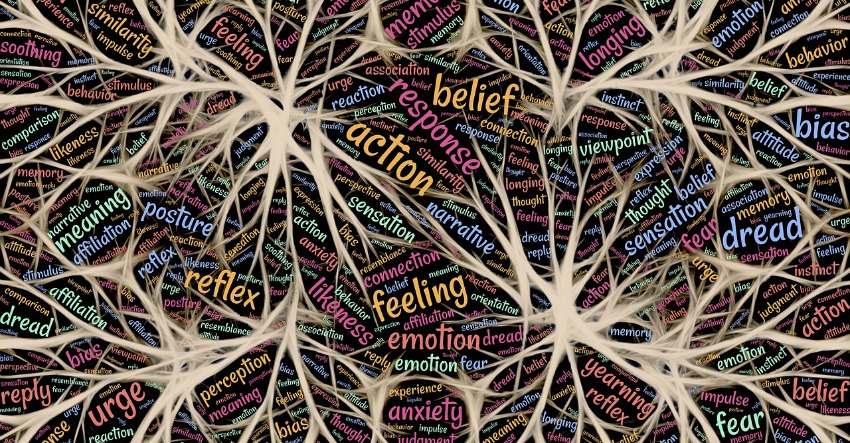
This Week’s Insights: Signs some audiences are craving complexity… A liking for “junk” culture is nothing to be ashamed of… How to get audiences to take a chance on the new… Audiences are changing. Chris Lorway thinks he knows how… Will computers and science lead to better art?
- Is Complexity The New Clickbait? Well, clickbait might be a bit of a stretch. But there is mounting evidence that some audiences want more complexity, not less. Long form journalism has made a comeback, there are growing audiences for esoteric difficult music, and have you seen the complexity of the latest video games? And who is the audience for difficult work? “Young people’s brains aren’t experiencing a backward evolution. Their ability to articulate points of rhythm, melody and the flow of words in musical genres they have made or developed themselves prove that, as human beings, our urge for musical expression and facility lies deep. Young people are not afraid of things that need to be worked through. Complexity, curiosity and adventure is the new counter-culture.”
- You Shouldn’t Feel Inadequate If You Like “Junk” Culture: So sometimes you’d rather watch a dumb ‘ol action movie than go to the Met Opera simulcast. Culture serves many purposes, and one of the beautiful things about art is that it works on many levels for many people. Some art appeals to our cerebral side, some to the emotional. Some is exciting and plot-intensive, and some is reflective and interior. The point is, it’s a gift to have it to use, and why should we feel guilty about some of the uses? “What matters in the end is whether you are moved by something or not – it’s the only mark of quality that you can be sure of. To argue for the binning of established canons to make way for the lionisation of, say, Dumb and Dumber and 90210 would be absurd, yet it is just as daft to deny that “low” culture can have a powerful, and therefore equally valid, effect on us.”
- Afraid Of The New? Here’s How To Get Them To Take A Chance: A theatre-maker says that theatres doing what she calls lesser-known work “must paint a detailed picture of the experience with information that appeals to both the practical and adventurous sides of our audience members.” Makes sense – locate the work in a context that an audience can begin with. Meanwhile, audience engagement researcher Ben Walmsley writes about his project called Respond, “a responsive online platform … [which] attempted to break down cognitive barriers to dance by showing and explaining the rationale behind certain choreographic decisions and giving audiences demystifying insights into the rehearsal and development processes.”
- Evolution of Today’s Audiences: Chris Lorway is the new director of Stanford University’s Stanford Live. He believes that new audiences aren’t going to come from where the old ones did. “When you look at a classical audience and you say you want to introduce more new music: To assume the classical music audience is going to follow you is not necessarily the right way to think about it. It’s more about how you find an audience for new music. That might not even be the classical music audience.” Today’s audiences perhaps want a more informal experience. “I think we’re hitting a point, particularly with the younger generations, where they feel the need to reclaim a level of informality. Of course, that means going through an interesting transition period, because there are still those brought up in the old ritualized style now clashing with those who want a very different experience.”
- Better Art Through Science? The Peabody Essex Museum announced it has hired a neuroscientist to completely redesign its galleries, “incorporating neuroscience to devise multisensory exhibitions, unexpected gallery spaces, stories, and interactive features to heighten audience engagement.” But why stop there? Artificial Intelligence is progressing so quickly, it appears machines at some point might be able to make art that is “better” (depending on how you want to define it) than that made by humans. Consider: “If art is defined by human emotions, what might happen once external algorithms are able to understand and manipulate human emotions better than Shakespeare, Picasso or Lennon? After all, emotions are not some mystical phenomenon — they are a biochemical process. Hence, given enough biometric data and enough computing power, it might be possible to hack love, hate, boredom and joy.”
Leave a Reply